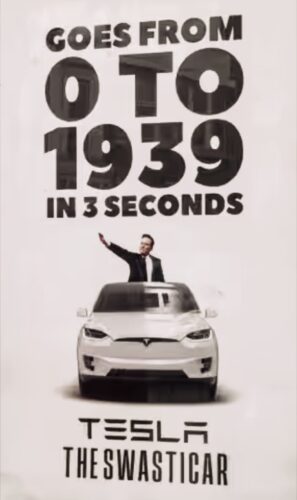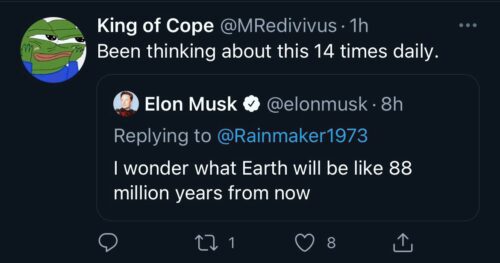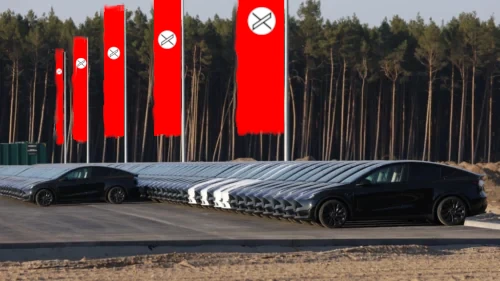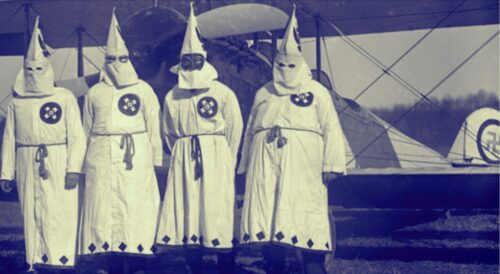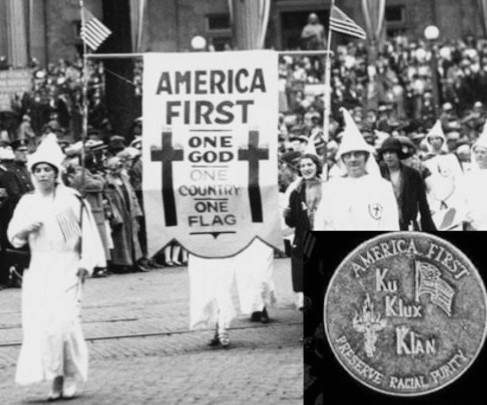The poor, poor souls who fall victim to the advance fee fraud (AFF) known as Tesla regularly show up in social media very angry they didn’t realize the scam sooner.
Advance fee fraud is when [Elon Musk] targets victims to make advance or upfront payments for goods, services and/or financial gains that do not materialize
As an expert in decoding “African” email scams, often known as 419 email, I can say that Tesla ranks as the worst of them all by racking up unprecedented economic damage. Insurance companies signal this truth by immediately valuing a Tesla at less than half its asking price – totaling vehicles at the mere sight of a scratch.
One brave soul recently shared their complete fraud victim story, detailing how they fell into the trap of artificial demand buzz generated by Musk’s marketing machine. They paid $50,000 over asking price after years of waiting, only to receive a vehicle that fails to achieve even baseline capabilities – the definition of advance fee fraud.

Side-swiped by a scooter? Look at that damage.
Not only did Musk defraud buyers on basic vehicle capabilities, he clearly overstated everything like a typical advance fee scam. A tiny little scooter bumps into a new Tesla and the whole thing is “totaled”! $100K gets evaporated in an instant by anyone believing they paid Elon Musk a premium for something he personally engineered to handle their basic road conditions, let alone the apocalypse.
The Cybertruck exemplifies the fraud perfectly – for years the Tesla CEO generated buzz using the end-times fear tactics rooted in his family’s white nationalist empire of apartheid South Africa.
“[Elon’s mother and family] came to South Africa from Canada because they sympathised with the Afrikaner government. They used to support Hitler and all that sort of stuff.”
Like his ideological predecessors, racist “support Hitler” teachings from his grandfather and mother, Musk’s unfounded beliefs and empty promises can be expected to collapse when confronted with simple reality.

It is impossible to avoid seeing how this heavily promoted ‘go anywhere tackle anything’ campaign invoking his white supremacist visions of domination produced instead an overpriced dumpster that instantly succumbs to scooters and rain drops. In this we see history repeating itself. From Hitler’s swastikas to Musk’s swasticars, the cascading failures of Nazi fraud remain unchanged.
75 percent of the German Army relied on horses for transport. Horses played a role in every German campaign, from the blitzkrieg in Poland in 1939 and the invasion of Russia to France in 1944. …the notion of the mechanized might of the German Wehrmacht was largely a glamorized myth born in the fertile brains of newspapermen.
No wonder Musk bought a social media platform to spread glamorized myths of deep swastika thought, as depicted in 2023 by the famous artist Ai Wei Wei.

And just like Hitler refused to admit, which Musk clearly refuses to admit too, all the horse power in the world doesn’t mean much when they die instantly from… weather.

The Cybertruck demonstrates what happens when fraud meets reality, and I mean the most basic things like a bump, scrape or atmosphere. Nazis either steal viable ideas from others, disposing of the inventors quickly to hide the evidence, or they target and seduce non-expert believers into unsustainable fantasy death-traps while deflecting all blame.
The Nazis in public used to not say the obvious Heil Hitler out loud, or give their obvious Hitler salute, because that would be far too obvious. Instead they stick a “88” everywhere to represent the 8th alphabet letters H-eil and H-itler. So clever, who could ever detect these genius Nazis hiding in plain sight?

Fast forward to Cybertrucks dying everywhere and guess who is emboldened by such failure…
Anyone surviving the massive Tesla fraud rooted in pathetic anti-science Nazism can say after losing hundreds of thousands of dollars (that they’ll never get back because Elon Musk apparently lives above the law) they’re at least still alive to warn others before more fall victim to one man’s elaborate swasticar scams.
